What is Osteopathy?
Osteopathy is an established system of diagnosis and treatment recognised by the British Medical Association as a ‘discrete clinical discipline’. It places special emphasis on structural and mechanical problems of the body, and seeks to overcome a wide range of conditions, disabilities and pains, that result from disturbances of the body’s framework and moving parts. More particularly, Osteopaths like to treat patients as a ‘whole’ and as an individual, rather than ‘labelling’ them as having a particular ailment.
What do Osteopaths do?
Osteopaths work with their hands, producing a treatment which will consist of soft-tissue massage, gentle circulation and passive mobilisation techniques to specific joints. A bespoke series of stretches and/or exercises can be formulated as necessary and then closely monitored. The Osteopath’s job is to diagnose and treat faults that occur in the mechanical system due to injury, stress or any other cause, and to ensure that the body is functioning as efficiently as possible.
Why see an Osteopath?
It is the Osteopath’s comprehensive, approach to healthcare that makes treatment unique. Osteopaths do not look on patients simply as back sufferers but as individuals with their own unique requirements for health. Treatment is designed to correct each individual’s mechanical problems in order to stimulate their own natural healing processes. Osteopaths look at all the factors contributing to a disturbed state of natural health.
The aim of the treatment will be to both reduce the symptoms of your condition and where possible to identify and resolve the original cause. This will leave the spine and any other joints in the very best condition possible to ensure that the body functions optimally. A caring approach and attention to your individual needs are especially important, making osteopathy by far the most established, respected and utilised of all complementary therapies.
Conditions we treat
The most common conditions that we treat are:
Back and neck pain
Headaches
Shoulder and arm problems
Pelvis, hip and leg problems
Sports and other injuries
Professionalism and Safety
To qualify, an osteopath must study for four to five years for an undergraduate degree. This is similar to a medical degree, with more emphasis on anatomy and musculoskeletal medicine and includes more than
10000 hours of training in osteopathic techniques. By law, osteopaths must register with the General Osteopathic Council (GOsC). It is an offence for anyone to call themselves an osteopath if they are not registered. The British Medical Association’s guidance for general practitioners states that doctors can safely refer patients to osteopaths.
By law Osteopaths must be registered with the General Osteopathic Council, a statutory body designed to carry out rigorous checks to ensure patients have the same safeguards as when they consult a Doctor or Dentist.
Book Appointment
There is no fixed duration for an appointment although they are generally in the region of 20 minutes. Conditions vary considerably in the amount of time they require. Please remember that what is achieved inside the consulting room is only a proportion of the Osteopath’s work. It is necessary for Osteopaths to keep relevant notes, communicate with GPs, review hospital X-rays and Scans, write reports, liaise with our staff and upgrade our skills.
TESTIMONIALS
I'd suffered whiplash after a bump in the car, it was agony to move! But after a short set of treatments at Gelson's clinic I was feeling normal again...
- Jane Thompson, Hexham
